Gabija Stankevičiūtė
December 18, 2024
Refund Fraud: Definition, Key Types & Ways to Stop It
Learn why scamming away and abusing return policies remains a serious threat to various e-commerce marketplaces and access key solutions explaining how businesses should respond to refund fraud.
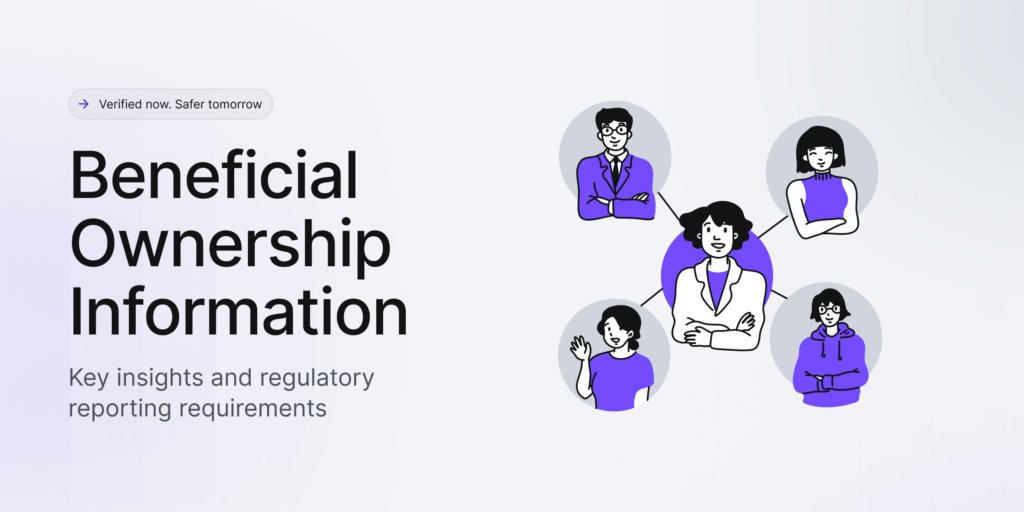
December 16, 2024
Beneficial Ownership Information (BOI) Reporting [Guide]
Access the latest news and summarized takeaways regarding FinCEN’s Beneficial Ownership (BOI) Reporting rule: which entities need to comply and what exact steps reporting companies need to take right now.
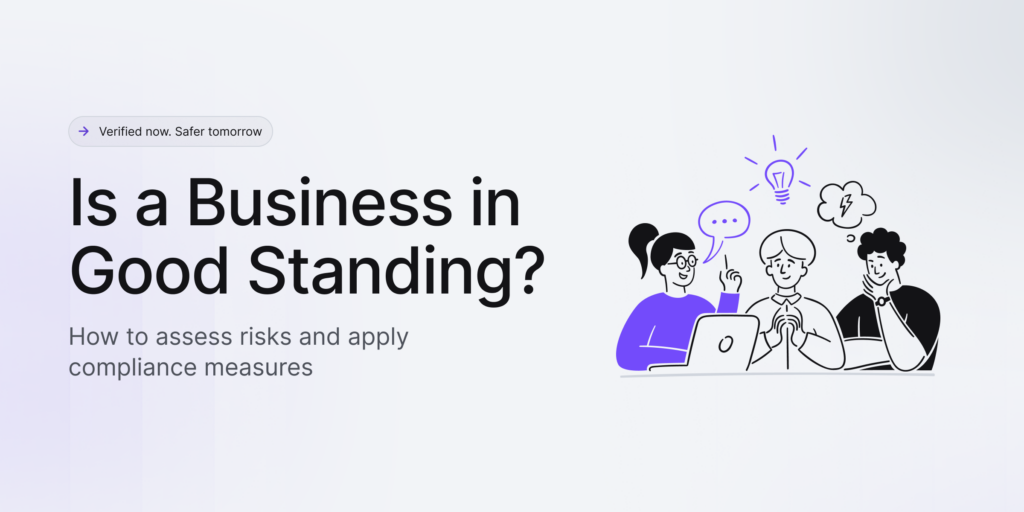
December 11, 2024
How to Check if a Business is in Good Standing
Learn why you need to know if a business is in good standing, what happens in the case of non-compliance, and why certain risk factors, like onboarding a Politically Exposed Person (PEP), come with certain risks that can potentially harm your company.

December 1, 2024
Responsible Gaming: Does this Concept Actually Work?
Access the latest insights on responsible gaming practices, how they look on different gaming and gambling sites, why some platforms ask their users to provide IDs, and how to strengthen age verification measures to stay compliant with stricter regulatory rules.
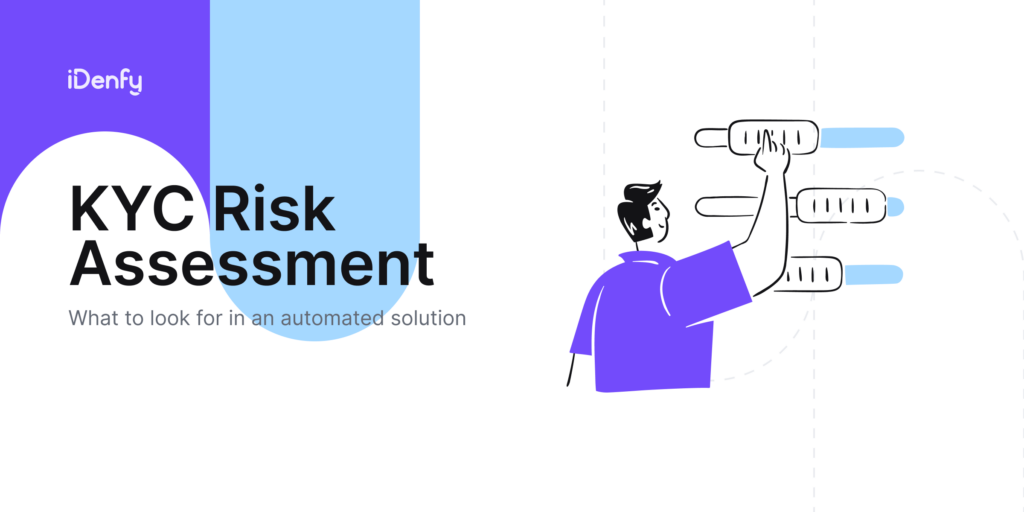
November 30, 2024
KYC Risk Assessment: Automation Rules & Key Risk Factors to Consider
Explore the main risk factors, the complexity behind implementing a risk-based approach, and how to identify high-risk factors quickly. We provide a step-by-step explanation of how to set up an effective KYC risk assessment flow using automation.
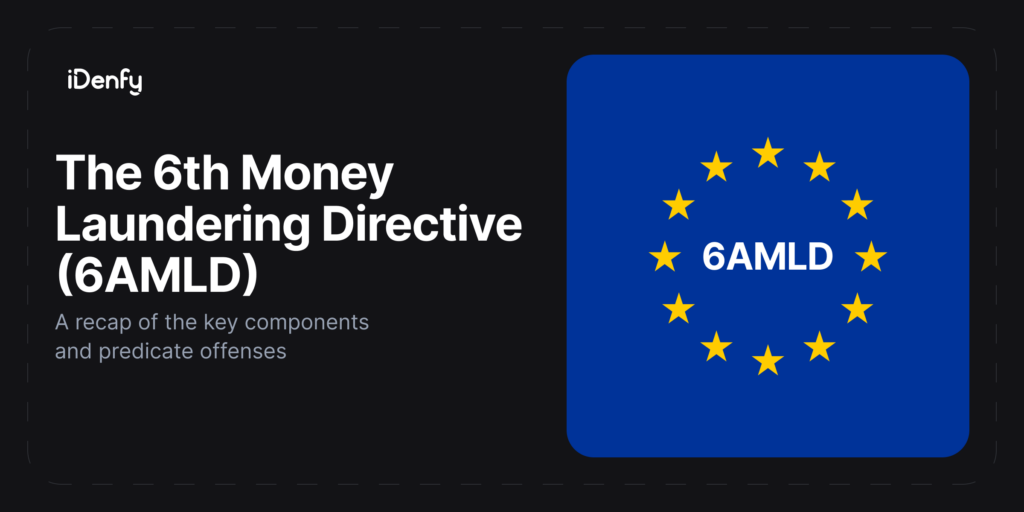
November 27, 2024
The 6th Anti-Money Laundering Directive (6AMLD) [Simple Explanation]
Look through the recent amendments in the EU regulatory landscape, including important factors like systemized sanctions, tougher punishments, stricter rules on corporate compliance, and all things linked to money laundering controls and the 6th Anti-Money Laundering Directive, or 6AMLD.

November 21, 2024
Proof of Income: Top 10 Document Types [& Verification Tips]
Look through the main proof of income practices, document types, industries that use such documents for verification, and how this process works in the context of compliance and fraud prevention.
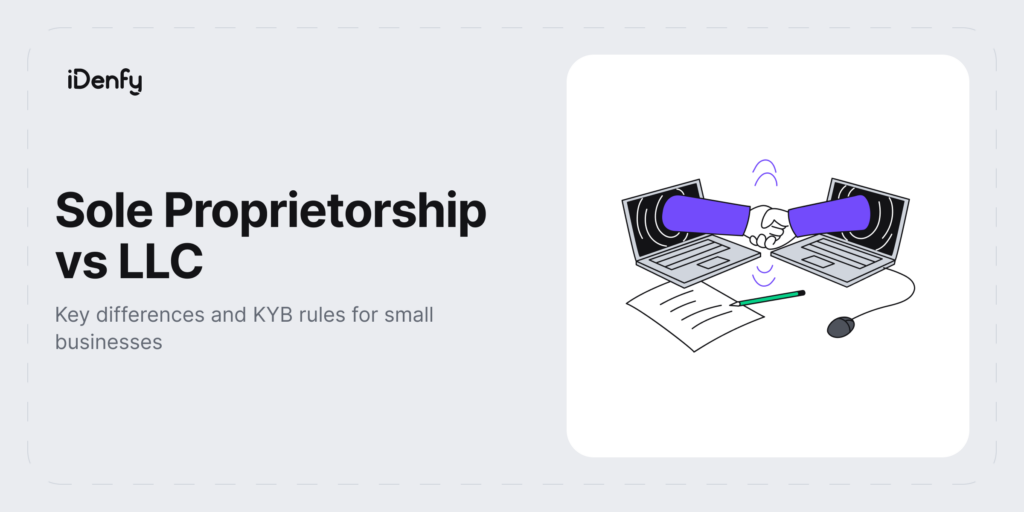
Sole proprietorship vs LLC: Key Differences & KYB Nuances
We discuss the main differences between a sole proprietorship and an LLC and explain how they need to be onboarded from the compliance side of things for financial institutions that deal with such structures during KYB verification.

AML Compliance for Credit Unions: Top 3 Requirements
Follow this concise step-by-step explanation guide on adopting a practical AML compliance program for credit unions and what compliance-related challenges these institutions face when conducting internal risk assessments.

October 30, 2024
Case Study: FriendFinder Networks
Explore the key RegTech measures FriendFinder Networks used to onboard their employees and verify end-users on its suite of dating, streaming and other websites, including adult-only platforms that required a robust age verification solution.
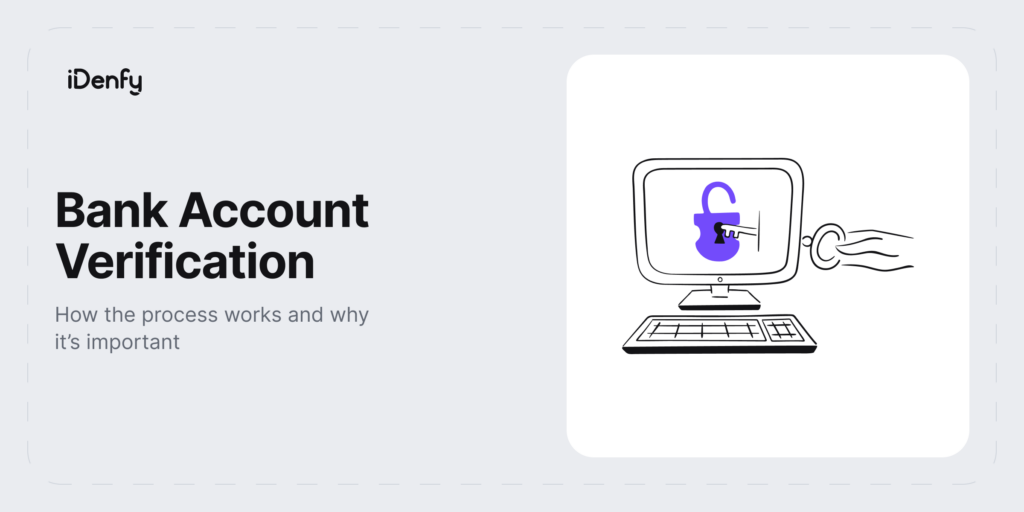
October 29, 2024
Bank Account Verification [Guide]
Learn what bank account verification is, what kind of measures or steps it takes to build a proper onboarding process, and why confirming a user’s bank account to check if it’s valid is vital for many companies, and not only banks and similar financial institutions.
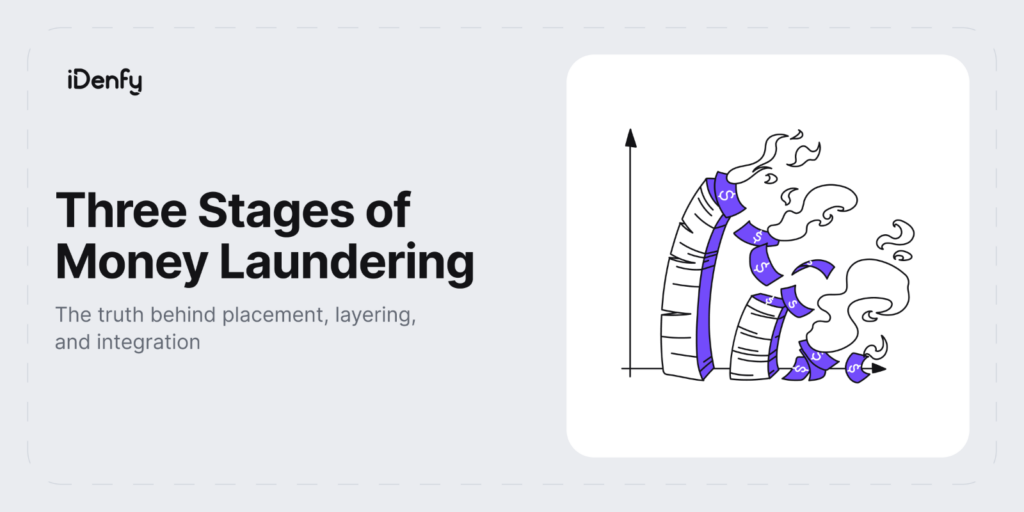
3 Stages of Money Laundering Explained
Money laundering is complex, especially when criminals manipulate tax authorities and law enforcement by turning dirty cash into legitimate income and mixing illicit funds with legitimate wealth. We break down the main laundering techniques and how they fit into the three stages of money laundering.

October 15, 2024
Case Study: Coinzilla
Find out how Coinzilla integrated iDenfy’s comprehensive KYB and KYC suite, fully automating both individual and corporate client onboarding that resulted in saved time and costs.

